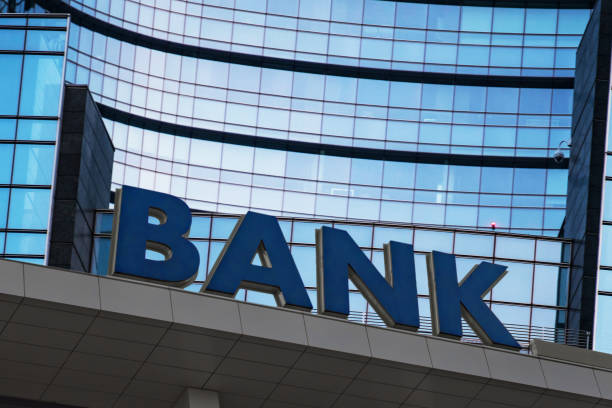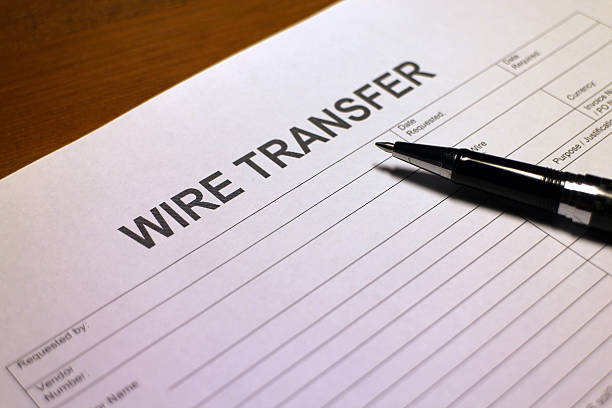One of the fundamental security measures for bank transfers is encryption. When you initiate a bank transfer online, your data is encrypted, meaning it's converted into a code that can only be deciphered by the recipient's bank. This encryption process ensures that your personal and financial information remains confidential during transmission, making it extremely difficult for hackers to intercept and access your data.
2. Secure Socket Layer (SSL) Certificates
Many banks and financial institutions use SSL certificates to establish secure connections between your device and their servers. You can identify a secure connection by looking for 'https://' at the beginning of a website's URL and a padlock icon in the address bar. SSL certificates encrypt data and verify the authenticity of the website, protecting against phishing attempts and man-in-the-middle attacks.
3. Two-Factor Authentication (2FA)
To add an extra layer of security to your bank transfers, many institutions require two-factor authentication. This means you need not only a password but also a second piece of information, such as a one-time code sent to your mobile device, to access your account or confirm transactions. Even if someone has your login credentials, they won't be able to complete a transfer without this additional code.
4. Transaction Verification
Before finalizing a bank transfer, you're often required to confirm your identity through various means. This can include answering security questions, entering a PIN, or using biometric authentication methods like fingerprint or facial recognition. These verification steps help ensure that only authorized users can initiate transfers.
5. Account Alerts
Many banks offer account alert services that notify you of any unusual or potentially fraudulent activity. You can set up alerts for large transactions, low balances, or specific types of transactions. If your bank detects anything suspicious, you'll receive an alert, allowing you to take immediate action.
6. Fraud Detection Systems
Financial institutions employ sophisticated fraud detection systems that continuously monitor account activity for signs of unauthorized or unusual transactions. If a potentially fraudulent transfer is detected, the bank may temporarily freeze the account or contact you for verification.
7. Regulatory Compliance
Banks are subject to strict regulations and compliance standards to ensure the security of their operations and customer information. Regulatory bodies like the Federal Reserve, Office of the Comptroller of the Currency (OCC), and the Consumer Financial Protection Bureau (CFPB) establish and enforce these standards.
8. Customer Education
Banks also play a role in educating their customers about security measures. They provide guidance on safe banking practices, phishing awareness, and how to protect personal information. Being informed about potential threats is essential for customers to stay vigilant.
Conclusion
In today's digital landscape, banks and financial institutions take security seriously. They employ a combination of encryption, SSL certificates, two-factor authentication, transaction verification, account alerts, fraud detection systems, regulatory compliance, and customer education to safeguard your bank transfers. While these measures provide strong protection, it's crucial for customers to play an active role in their financial security by keeping their login credentials safe, regularly monitoring their accounts, and promptly reporting any suspicious activity. With these collaborative efforts, you can confidently conduct bank transfers while knowing that your finances are well-protected.
Frequently asked questions (FAQs) for bank transfers







